Self-driving through Uganda opens doors to incredible adventures, from chasing waterfalls in Sipi Falls to gorilla trekking in Bwindi. However, successful navigation in the “Pearl of Africa” requires more than just a sense of direction. With limited road signage, varying road conditions, and unique local driving customs, preparation is key to turning potential challenges into memorable experiences.
Understanding Uganda’s Road Network
Uganda’s road system consists of three main categories: paved highways connecting major cities, murram (graded dirt) roads linking smaller towns, and rough tracks leading to remote attractions. The main highways like Kampala-Entebbe and Kampala-Jinja are generally well-maintained, but expect significant potholes even on major routes.
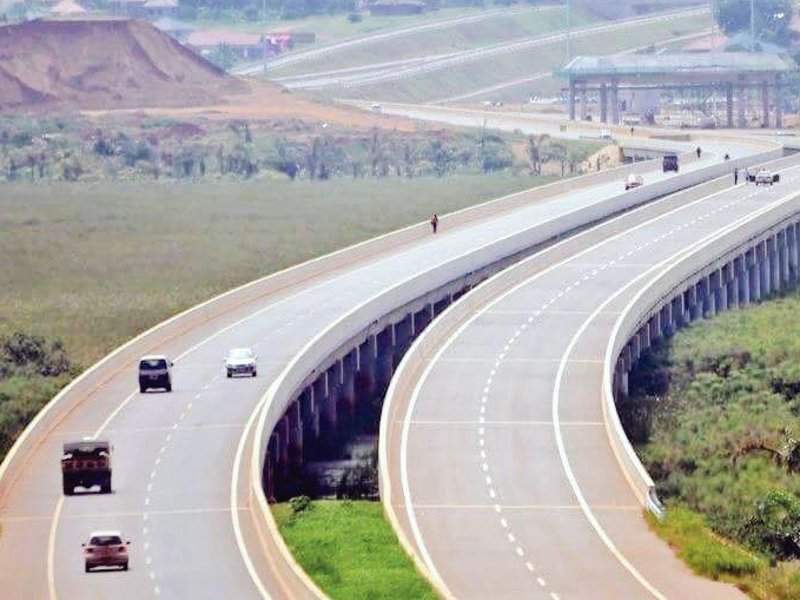
Secondary roads can vary dramatically in quality. What appears as a main road on maps might be a challenging dirt track requiring 4WD capability. Road conditions change rapidly with weather, transforming smooth murram roads into muddy obstacles within hours of rainfall. Always factor extra travel time into your itinerary, especially during rainy seasons.
Essential Navigation Apps and Tools

Google Maps remains surprisingly effective throughout Uganda, even in remote areas. Download offline maps before traveling to conserve data and ensure functionality where cell coverage is weak. The app accurately shows major routes and many smaller roads, though it occasionally suggests routes unsuitable for standard vehicles.
Maps.me is invaluable for offline navigation, particularly in national parks and rural areas. This app works without internet connectivity and includes detailed topographic information helpful for understanding terrain challenges. User-contributed content often highlights points of interest missed by other mapping services.
What3Words has gained traction in Uganda’s tourism industry. Many lodges and tour operators now use this location system, which assigns unique three-word combinations to every 3-meter square on Earth. It’s particularly useful for finding remote accommodations or meeting points where traditional addresses don’t exist.
Waze functions well in major urban areas like Kampala and Entebbe, providing real-time traffic updates and road hazard warnings. However, its effectiveness diminishes significantly outside major population centers.
Local Navigation Wisdom
Ugandans are exceptionally helpful when asked for directions, but communication styles differ from Western expectations. Instead of saying they don’t know, locals might provide approximate guidance to be helpful. Always ask multiple people for confirmation, and phrase questions clearly: “How do I reach Murchison Falls National Park?” rather than “Do you know where Murchison Falls is?”
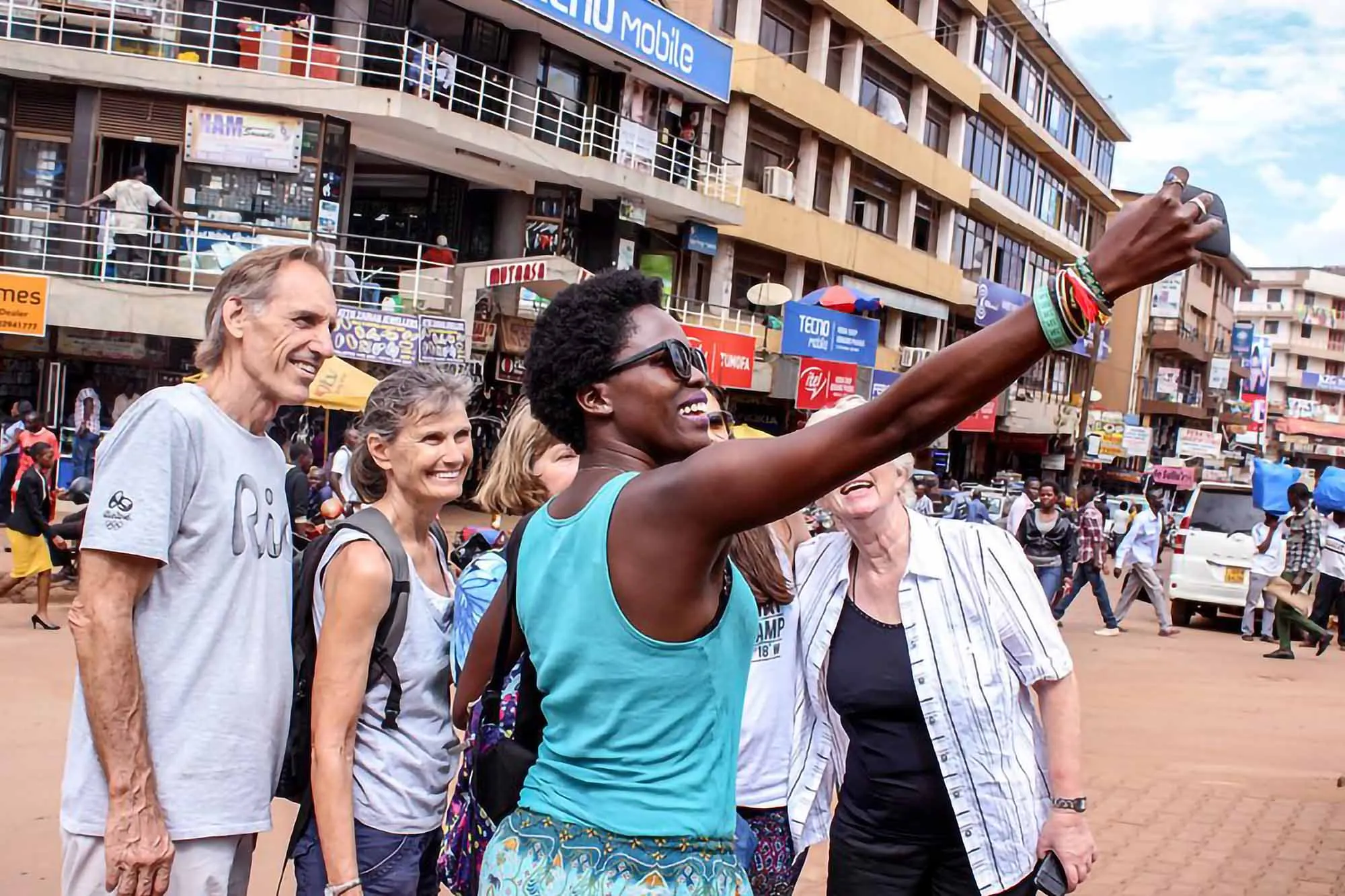
Learn key Luganda phrases for navigation: “Ogenda wa?” means “Where are you going?” while “Njagala kugenda…” means “I want to go to…” These simple phrases often elicit more detailed and accurate directions from locals.
Landmarks are more reliable than street names or GPS coordinates when asking for directions. Ugandans typically navigate using prominent buildings, trading centers, or natural features. “Near the big mango tree past Nakasero Market” is more meaningful locally than “123 Parliament Avenue.”
Practical Road Navigation Strategies
Fuel management is crucial for successful self-drive safari in Uganda. Fill up whenever you see a station, especially when heading to remote areas. Many rural petrol stations experience regular shortages, and some only accept cash payments. Carry extra fuel containers for extended journeys into national parks.
Road signage is inconsistent throughout Uganda. Major highways have reasonable directional signs, but smaller roads often lack any signage whatsoever. Take photos of important junctions during daylight hours to aid return navigation, particularly in areas where routes aren’t obvious.
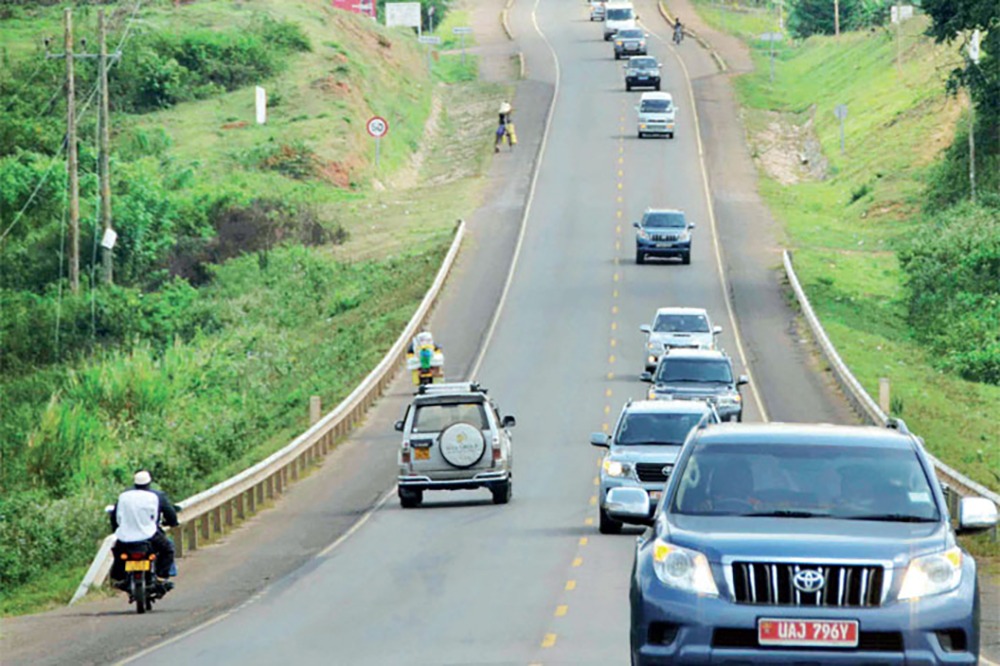
Traffic police checkpoints are common, especially near town centers and border areas. These are routine and generally friendly encounters. Keep your driving license, passport, and vehicle documentation easily accessible. Officers appreciate polite greetings and often provide helpful local information.
Technology and Connectivity Considerations
Internet connectivity varies significantly across Uganda. Urban areas enjoy reliable 4G coverage from providers like MTN, Airtel, and Africell, but rural areas may have limited or no coverage. Purchase local SIM cards for better rates and coverage compared to international roaming.
Carry portable power banks and car chargers for devices, as power outages are common in rural areas. Solar-powered chargers can be valuable for extended camping trips or remote lodge stays without reliable electricity.
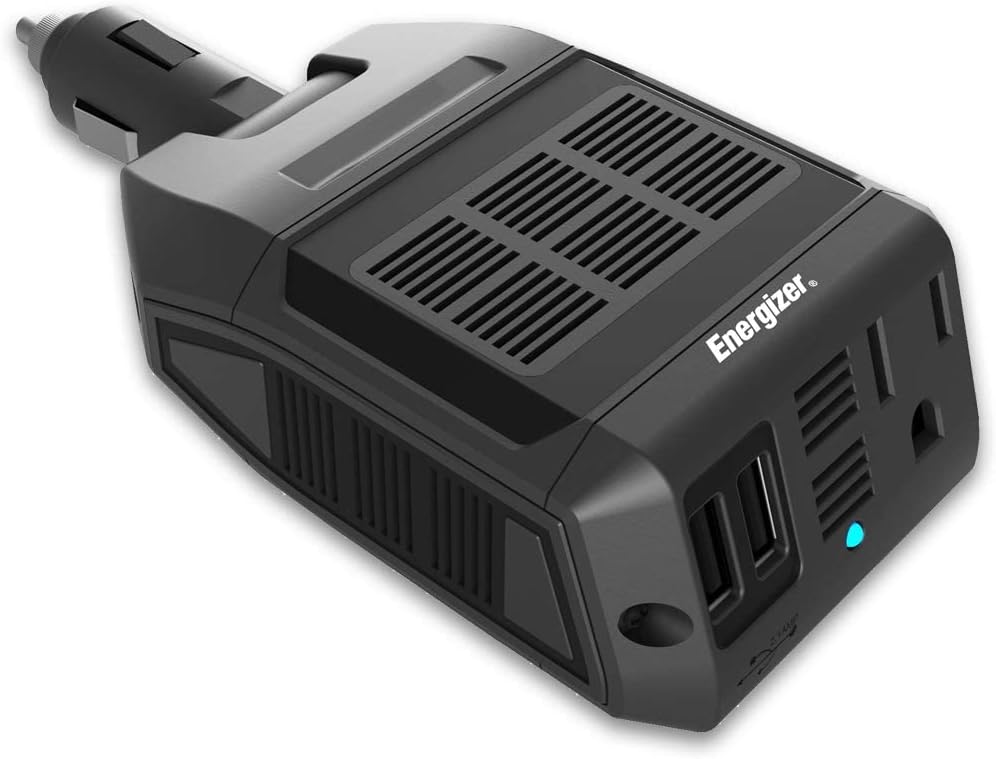
Download essential information before departing from areas with good connectivity. This includes accommodation contacts, emergency numbers, and detailed park information. Screenshot important maps and route details as backup for offline access.
Emergency Preparedness
Share your planned route and timeline with reliable contacts, both locally and internationally. Uganda’s emergency services (police: 999, medical: 911) exist but response times vary significantly by location.
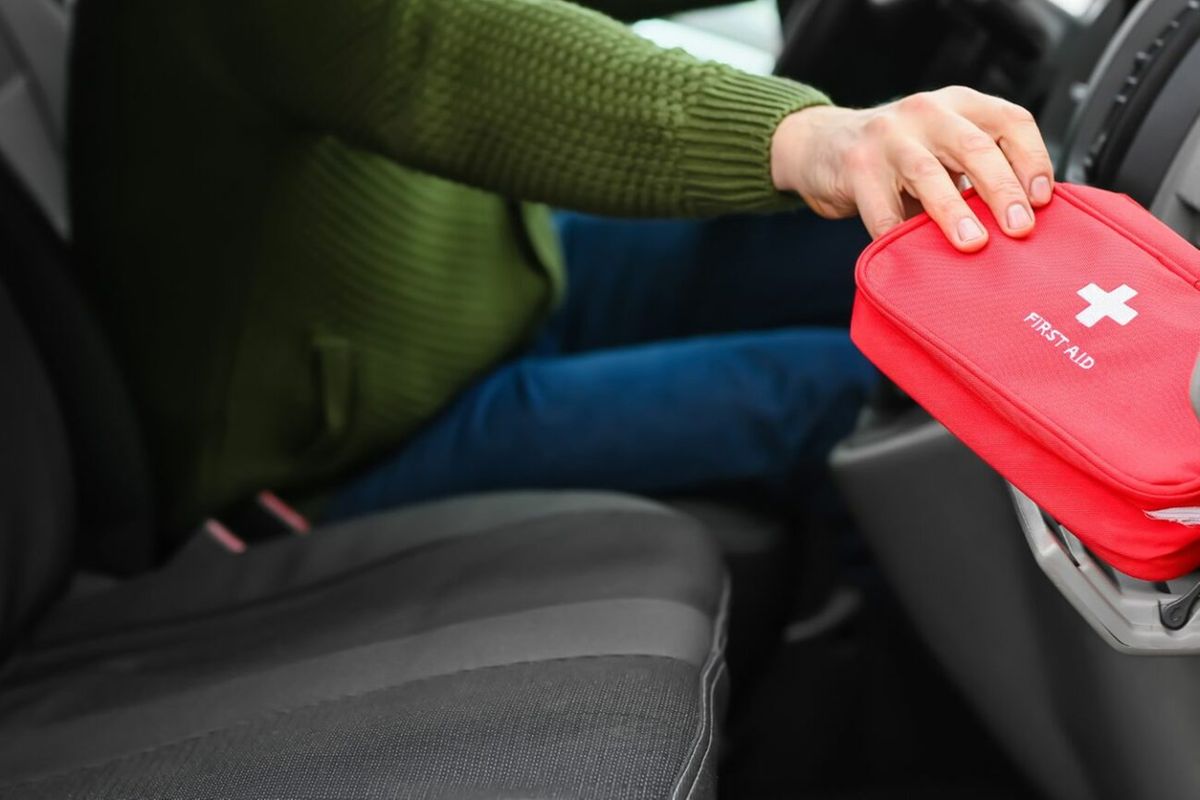
Carry emergency supplies including water, basic medical kit, flashlight, and emergency food. Many remote areas lack immediate access to supplies or services. A basic toolkit for minor vehicle repairs can prevent major delays in areas where professional assistance isn’t readily available.
Conclusion
Successful self drive in Uganda combines modern technology with local knowledge and cultural understanding. While apps provide essential baseline functionality, the real secret lies in embracing local customs, maintaining flexibility, and viewing navigation challenges as part of the adventure. With proper preparation and an open mindset, Uganda’s roads become pathways to extraordinary experiences that guided tours simply cannot replicate. The independence of self-drive exploration allows you to discover hidden gems, interact authentically with local communities, and create truly personalized memories of this remarkable country.
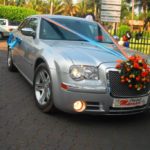
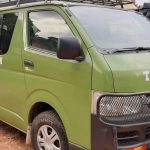
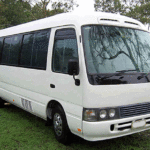
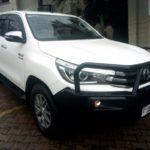
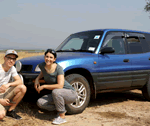
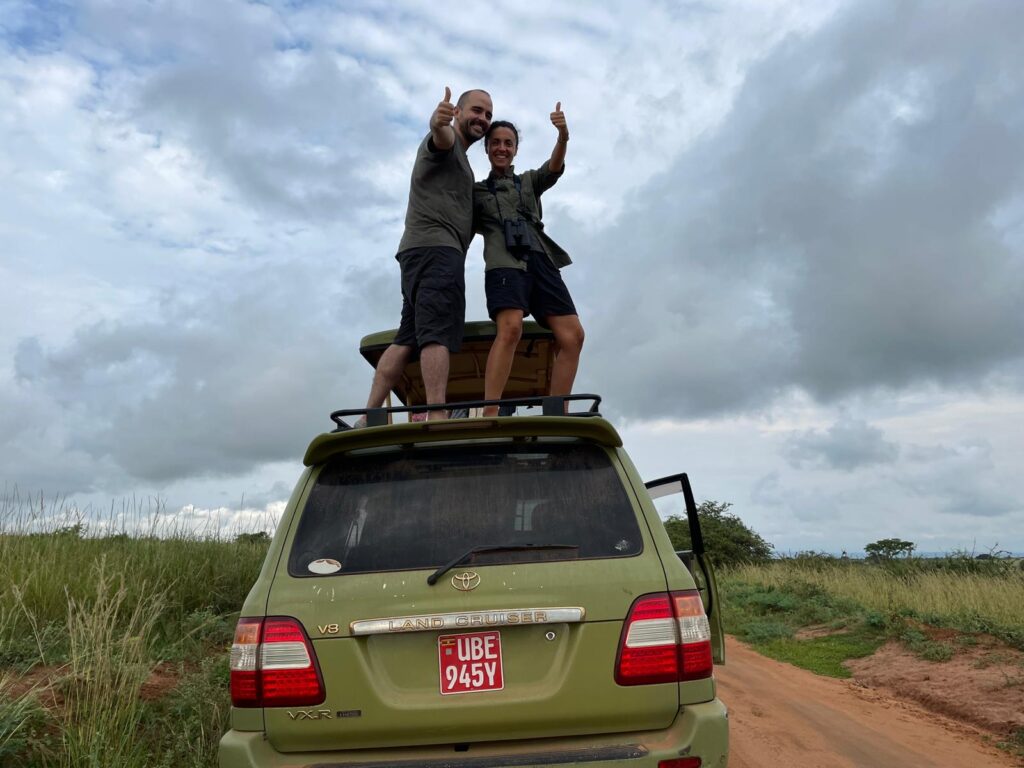
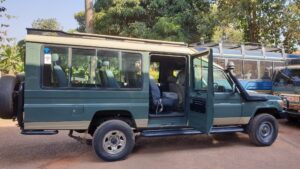
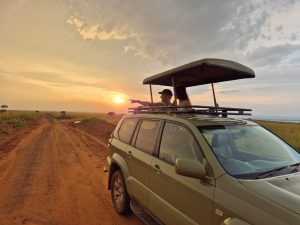
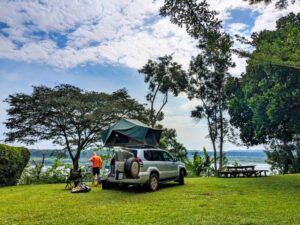
Related Articles
Best Time to Visit Uganda for Safaris: Month-by-Month Guide
Why Choose a 4×4 Car Rental in Uganda for Your Safari Trip
Cheap Car Rental Uganda: Save Money Not Sacrificing Quality